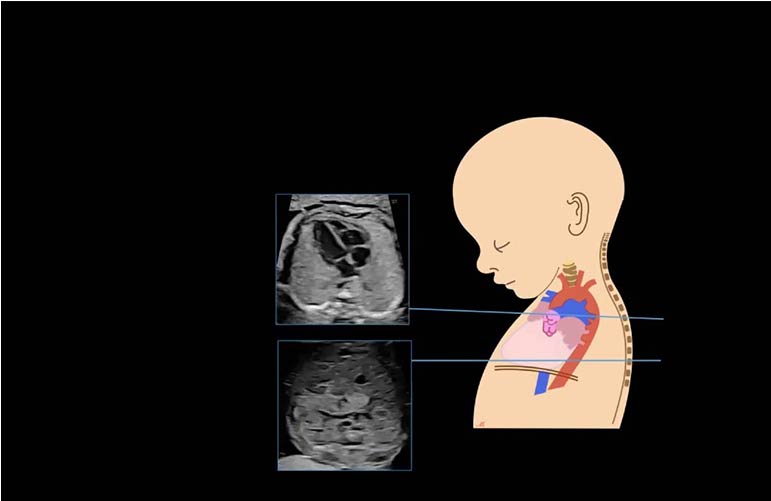
Fetal Echocardiography
Fetal echocardiography (echo) uses sound waves to examine your developing baby's heart. A fetal echocardiogram can help detect heart defects before birth. The earlier a heart problem is identified, the more likely treatment will be effective. This is due to:
- In some cases, healthcare providers may be able to treat the problem before birth.
- Healthcare providers can prepare for potential complications during labor and delivery.
- Early delivery is possible.
- Treatment can begin after the baby is born. It could be medicine or surgery.
Process of fetal echo:
Fetal echo is performed by a specially trained pediatric cardiologist, maternal-fetal medicine specialist, obstetrician, or radiologist. In general, the steps are as follows.
- You will be placed on an examination table. You won't have to change your clothes.
- The provider will apply gel to your stomach.
- The service provider will employ a transducer, which is an electronic device that emits sound waves.
- To obtain the best images of the fetal heart, he or she will move the transducer around. As the transducer moves over your belly, you may feel pressure.
- When the exam is finished, the gel is wiped away.
What happens after fetal echo?
The results will be reviewed by your doctor. He or she may request additional tests or procedures. They could include:
- Treatment. This could be medication or procedures to treat fetal heart defects.
- Fetal wellness evaluations You may be asked to count fetal movements to assess overall fetal health.
- Nonstress examination. This monitors the fetal heart rate and movement.
- Profile biophysical (BPP). This is an ultrasound exam to check the overall health of the fetus. It measures heart rate, breathing, movement, muscle tone, and amniotic fluid levels.
- Echocardiography or ultrasounds These are tests that are performed to confirm the diagnosis. They also monitor fetal growth, look for fetal heart changes, and look for other issues.
- Amniocentesis. This test can detect chromosomal and genetic abnormalities, as well as certain birth defects. A needle is inserted through the abdominal and uterine walls and into the amniotic sac by the healthcare provider. He or she collects an amniotic fluid sample.
- Genetic counseling is available. A counselor can help you understand the risks of having a child with genetic defects.
